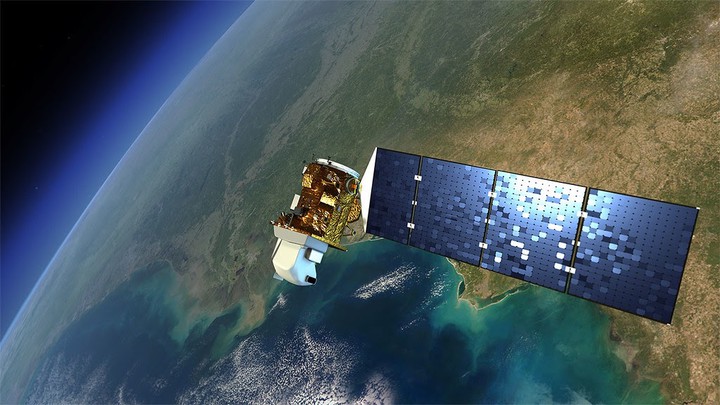Biomass estimation of forage resources through remote sensing and process-based crop models
 Photo by https://www.devex.com/
Photo by https://www.devex.com/The biomass of a forage resource at a given time is a key element of pastoral-based livestock systems. Although the net aerial primary productivity, a flow that represents the rate of biomass generation, biomass is a state variable that describes the amount of aerial dry matter yield at a given time. The main objective of the project is to develop models to estimate the biomass of forage resources. Knowing the biomass of the large and heterogeneous extensions that characterize the pastoral systems is critical to establish instantaneous loads for short periods, budget balances, and take advantage of forage resources in a sustainable way. We propose to develop models through three strategies that correspond to the specific objectives of the project. The first will estimate biomass from data provided by remote sensors. There is no field evidence in the literature that the biomass of herbaceous forage resources can be accurately estimated from the combination of optical (radiometers) and active (radar) sensors. The second will generate and combine models that calculate the biomass generation rates by productivity and the disappearance rates by senescence, fall, and consumption. Although the literature shows some successful attempts to model these flows from crop and environmental variables, their parameters are often location, type of forage resource, and crop management. Knowing the flow of senescence will make it possible to distinguish the green biomass from the dead standing, which affects the forage quality. Therefore, the third strategy will aim to integrate the previous two into a prototype system for the estimation of biomass under farming conditions. We will work with pastures in an environmental gradient that includes the Mesopotamian and Argentinian Pampas and the Ñandubay Forest regions. For the first strategy, we will calibrate models based on field experimentation and optical and radar data. For the second strategy, we will use models that allow us to simulate the primary productivity flows, senescence, and fall, and thus estimate the green and dry biomass. The third strategy integrates these specific aspects in a model that allows estimating the biomass of batches in production, given an estimate of consumption. For this, the approximations of the previous objectives will be combined to generate the best models for each case study, and they will be validated across several farming situations.
Partners
Regional Analysis and Remote Sensing Lab - University of Buenos Aires (Argentina). Chief Investigator: Oesterheld Martin.
Funded by
Argentine Ministry of Science, Technology, and Innovation (PICT-2018- 02230)
Grant amount
AUD$23,415